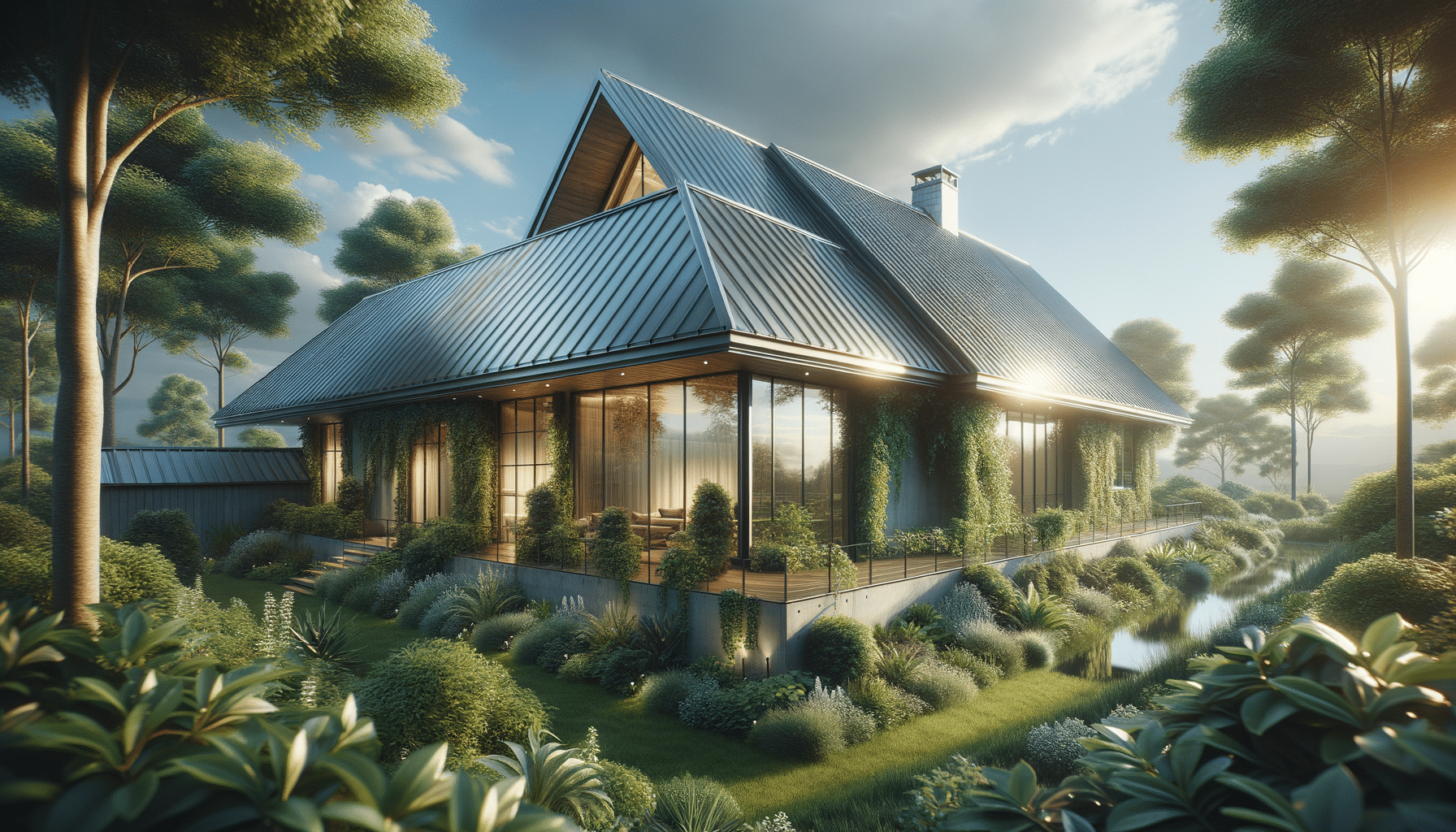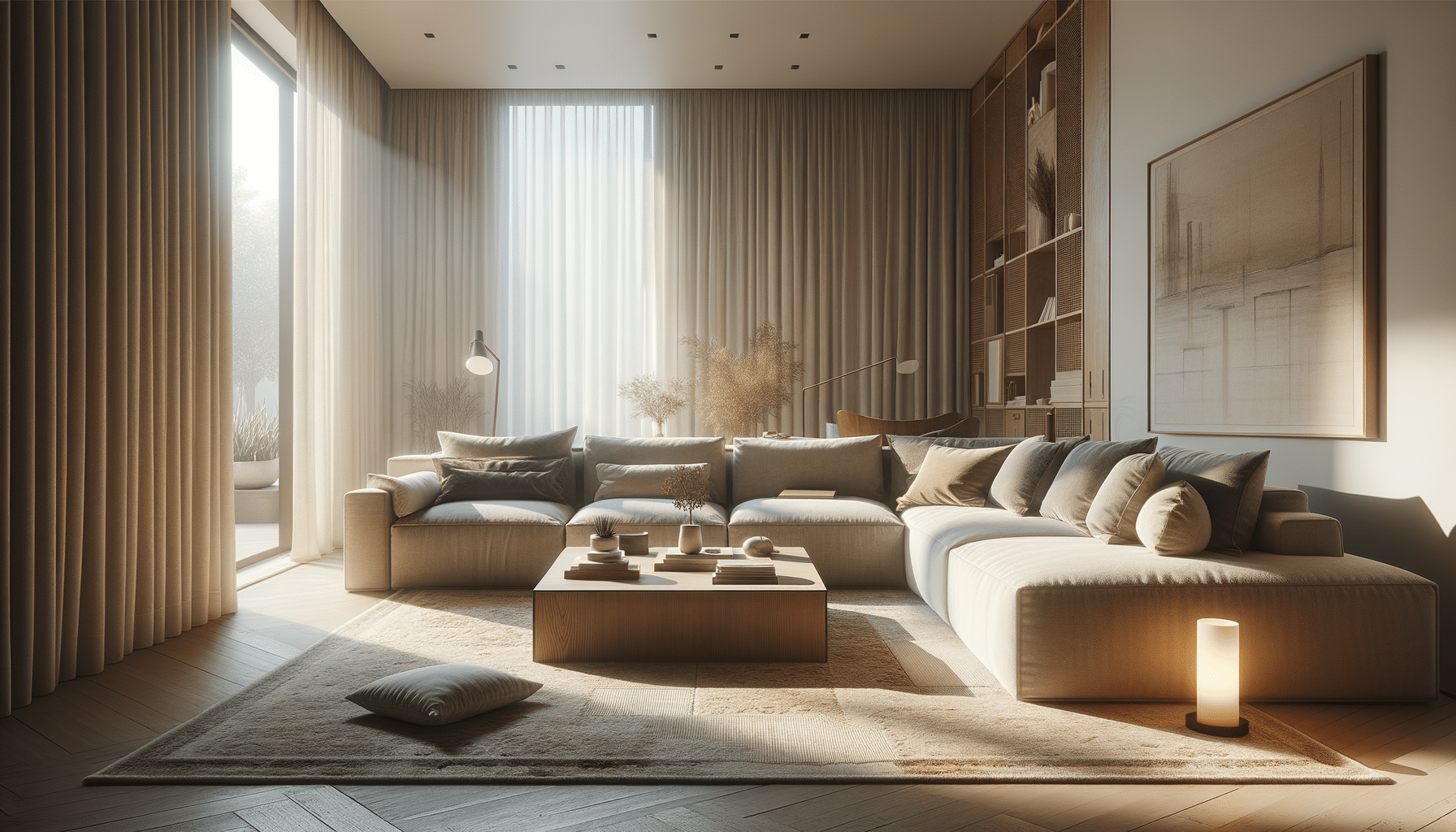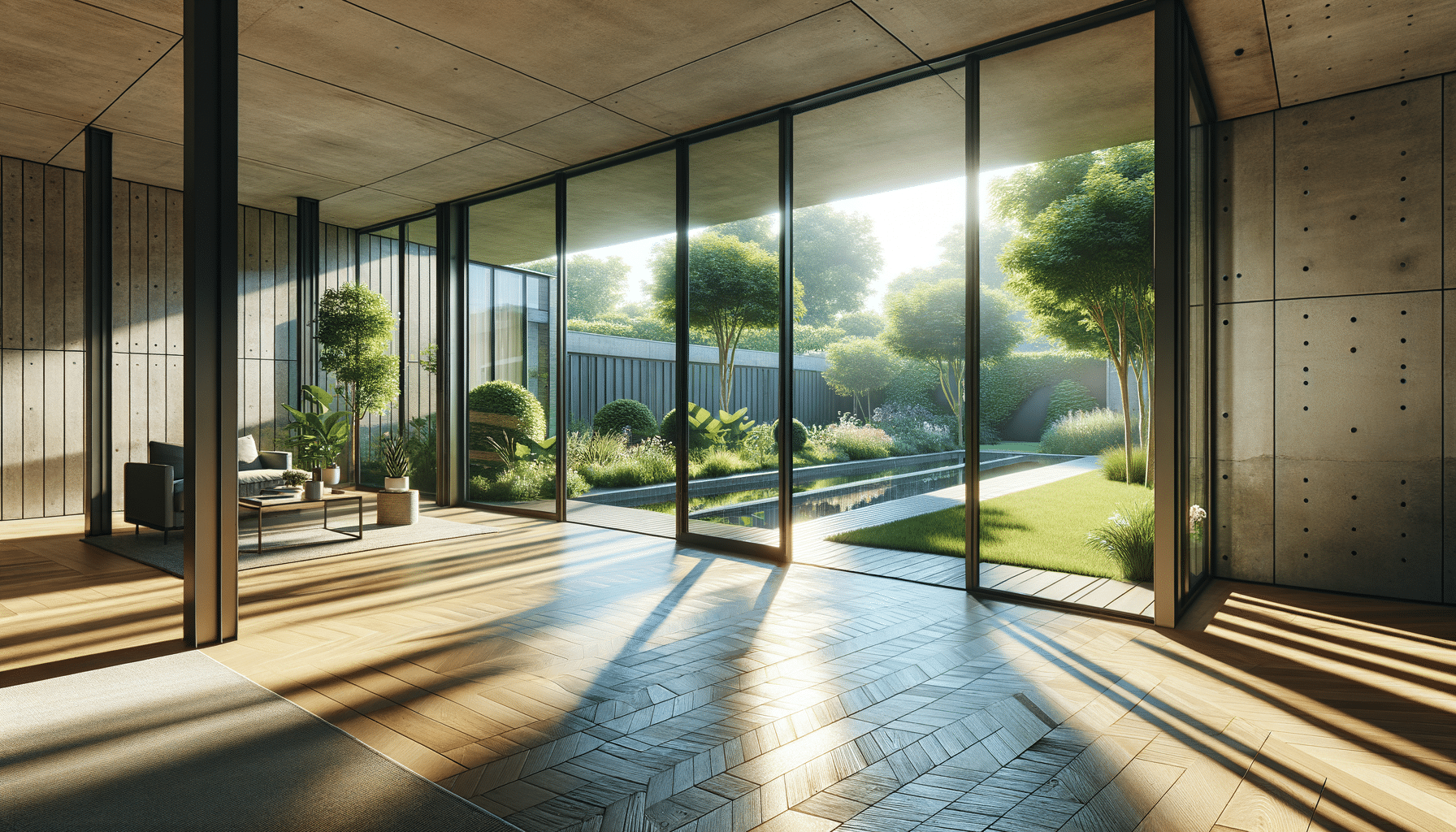
Understanding Metal Roofs: Benefits, Types, and Considerations
Introduction to Metal Roofs
Metal roofs have become increasingly popular in recent years due to their durability, energy efficiency, and aesthetic appeal. As homeowners and builders look for sustainable and long-lasting roofing solutions, metal roofs stand out as a top choice. In this article, we delve into the various aspects of metal roofs, exploring their benefits, types, and key considerations when choosing one for your home.
Benefits of Metal Roofs
One of the primary advantages of metal roofs is their longevity. Unlike traditional asphalt shingles, which may last 20 to 30 years, metal roofs can endure for 50 years or more with proper maintenance. This durability makes them a cost-effective option in the long run. Additionally, metal roofs are known for their energy efficiency. They reflect solar radiant heat, which can reduce cooling costs by up to 25% during the summer months.
Moreover, metal roofs are environmentally friendly. Many are made from recycled materials and are fully recyclable at the end of their life. They also offer excellent protection against severe weather conditions, such as high winds, heavy snow, and hail. The interlocking panels provide superior resistance to wind uplift, making them an ideal choice for regions prone to hurricanes or tornadoes.
Types of Metal Roofs
Metal roofs come in a variety of materials and styles, each with its unique characteristics. Common materials include steel, aluminum, copper, and zinc. Steel is the most widely used due to its strength and affordability. It is often coated with a protective layer of zinc or a mixture of zinc and aluminum to prevent rusting.
Aluminum roofs are lightweight and resistant to corrosion, making them suitable for coastal areas. Copper roofs are renowned for their aesthetic appeal and can develop a patina over time that adds character to a building. Zinc roofs are highly durable and offer a self-healing property, where scratches and imperfections can fade over time.
In terms of styles, metal roofs can mimic the appearance of traditional roofing materials like shingles, tiles, or slate. This versatility allows homeowners to enjoy the benefits of metal roofing without sacrificing aesthetic preferences.
Considerations When Choosing a Metal Roof
When selecting a metal roof, several factors should be considered to ensure it meets your specific needs. First, consider the climate in your area. Metal roofs are excellent for shedding snow and ice, making them ideal for colder climates. However, in areas with frequent hailstorms, you may need to opt for a thicker gauge metal to prevent denting.
Another consideration is the roof’s slope. Metal roofs perform well on steep slopes, but for low-slope applications, special care must be taken to prevent water infiltration. Additionally, noise can be a concern for some homeowners. While metal roofs can be noisier during rain or hail, proper insulation and underlayment can mitigate this issue.
Finally, it’s essential to evaluate the cost and return on investment. While metal roofs can have a higher upfront cost compared to traditional roofing materials, their longevity, energy savings, and minimal maintenance requirements can offset this expense over time.
Conclusion: Is a Metal Roof Right for You?
Metal roofs offer a blend of durability, energy efficiency, and aesthetic versatility that makes them an attractive option for many homeowners. When considering a metal roof, it’s crucial to weigh the benefits against your specific needs, climate conditions, and budget. By doing so, you can make an informed decision that enhances the value and comfort of your home for decades to come.


